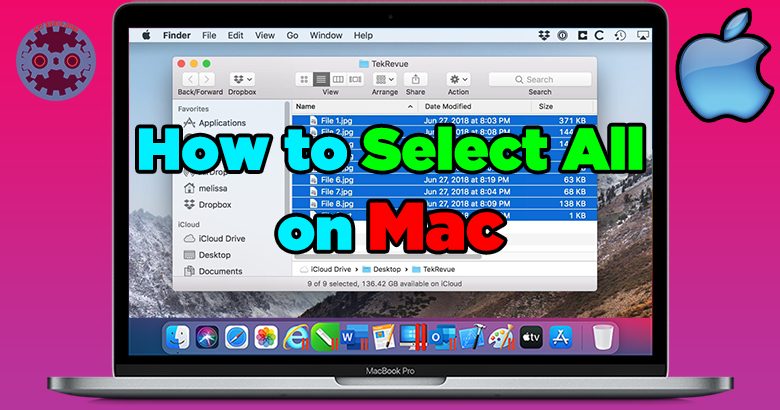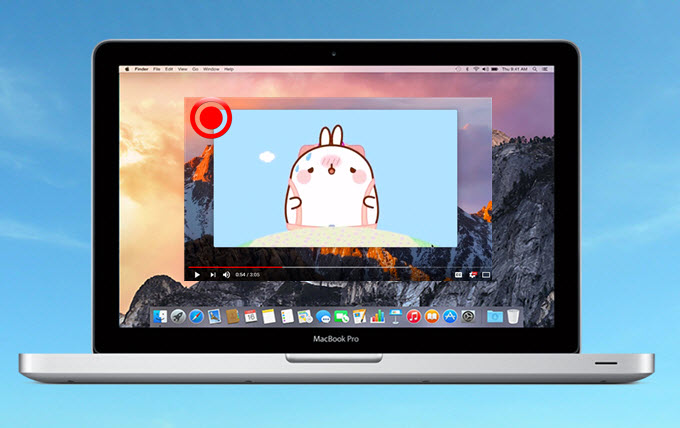Looking to connect multiple monitors to your MacBook Air? We’ve got you covered! In this article, we’ll walk you through the simple steps to expand your workspace and boost productivity. Whether you’re a graphic designer, programmer, or just someone who loves multitasking, learning how to connect multiple monitors to MacBook Air will revolutionize the way you work. So, let’s dive right in and explore the seamless process of setting up multiple monitors for your MacBook Air.
Table of Contents
- 1 How to Connect Multiple Monitors to MacBook Air
- 2 Frequently Asked Questions
- 2.1 How do I connect multiple monitors to my MacBook Air?
- 2.2 What cables do I need to connect multiple monitors to my MacBook Air?
- 2.3 Can I connect two monitors to my MacBook Air using only one Thunderbolt port?
- 2.4 Can I connect multiple monitors to my MacBook Air using USB-C ports?
- 2.5 Can I extend my desktop across multiple monitors with my MacBook Air?
- 2.6 Do I need to install any drivers or software to connect multiple monitors to my MacBook Air?
- 3 Final Thoughts
How to Connect Multiple Monitors to MacBook Air
If you’re looking to expand your screen real estate and boost productivity, connecting multiple monitors to your MacBook Air can be a game-changer. Having multiple screens allows you to have more space for multitasking, organizing your workflow, and enhancing your overall computing experience. In this guide, we’ll walk you through the steps to connect multiple monitors to your MacBook Air, exploring different connection options, troubleshooting common issues, and providing helpful tips along the way.
Before we dive into the connection methods, it’s important to note that not all MacBook Air models support multiple external monitors. MacBook Air models released before 2018 are generally limited to connecting only one external display. However, MacBook Air models released in 2018 and later have Thunderbolt 3 ports that support multiple monitors. So, be sure to check your MacBook Air’s specifications to ensure it supports multiple displays.
Connection Methods
Method 1: Using HDMI and Thunderbolt 3 Ports
The most common and straightforward way to connect multiple monitors to your MacBook Air is by using the HDMI and Thunderbolt 3 ports. Follow these steps:
- Make sure the monitors you want to connect have HDMI ports. If not, you may need to use appropriate adapters or cables.
- Connect one end of the HDMI cable to the HDMI port on your first monitor, and the other end to the Thunderbolt 3 port on your MacBook Air via a USB-C to HDMI adapter, if required.
- Repeat the above step for each additional monitor you want to connect. Daisy-chaining the monitors may be possible if your monitors support it.
- Once all the monitors are connected, your MacBook Air should detect them automatically. To configure your display settings, go to the Apple menu, select System Preferences, then click on the Displays icon. From there, you can arrange and customize your displays to suit your preferences.
Method 2: Using DisplayPort and Thunderbolt 3 Ports
If your monitors have DisplayPort connectors instead of HDMI, you can still connect them to your MacBook Air using the Thunderbolt 3 ports. Here’s how:
- Check if your monitors have DisplayPort ports. If not, you may need to use appropriate adapters or cables.
- Connect one end of the DisplayPort cable to the DisplayPort port on your first monitor, and the other end to the Thunderbolt 3 port on your MacBook Air via a USB-C to DisplayPort adapter, if required.
- Repeat the above step for each additional monitor you want to connect. If your monitors support daisy-chaining, you can connect them in a chain.
- Once the monitors are connected, your MacBook Air should recognize them. Adjust the display settings by going to the Apple menu, selecting System Preferences, and clicking on the Displays icon.
Method 3: Using USB Display Adapters
If your MacBook Air doesn’t have Thunderbolt 3 ports, you can still connect multiple monitors using USB display adapters. Here’s how:
- Purchase and connect USB display adapters, such as USB to HDMI or USB to VGA adapters, depending on the ports available on your monitors.
- Connect one end of the USB display adapter to the USB port on your MacBook Air, and the other end to the corresponding port on your monitor.
- Repeat the previous step for each additional monitor you want to connect.
- Once connected, your MacBook Air should recognize the monitors. Adjust the display settings by going to the Apple menu, selecting System Preferences, and clicking on the Displays icon.
Troubleshooting Common Issues
Issue 1: Monitors Not Detected
If your MacBook Air doesn’t detect the connected monitors, try these troubleshooting steps:
- Ensure all the cables are securely connected to both the MacBook Air and the monitors.
- Restart your MacBook Air.
- Update your MacBook Air’s operating system to the latest version.
- Reset the System Management Controller (SMC) on your MacBook Air. To do this, shut down your MacBook Air, then press and hold the Shift + Control + Option + Power buttons simultaneously for a few seconds. Release the keys and turn on your MacBook Air.
- If using adapters, ensure they are compatible with your MacBook Air and monitors.
- If the issue persists, try connecting the monitors one at a time to identify any faulty cables or monitors.
Issue 2: Monitors Not Displaying Correctly
Sometimes, the monitors may not display correctly, such as not detecting the correct resolution or appearing distorted. Follow these steps to troubleshoot:
- Go to the Apple menu, select System Preferences, and open the Displays settings.
- Verify that the correct resolution is selected for each monitor.
- If the resolution options are limited or incorrect, check for and install any monitor-specific drivers or software.
- Ensure the refresh rate is set correctly for each monitor.
- Try adjusting the arrangement of the displays to align them correctly.
Tips for Connecting Multiple Monitors
– Use high-quality cables and adapters to ensure a reliable and stable connection.
– Consider using a docking station or hub to simplify the connection process and provide additional ports for peripherals.
– Adjust the positioning and orientation of the monitors to suit your workflow and reduce neck strain.
– Experiment with different display arrangements to find the setup that works best for you.
– Calibrate your monitors for accurate colors and optimal picture quality.
– Regularly update your MacBook Air’s operating system and monitor drivers to ensure compatibility and performance improvements.
Remember, connecting multiple monitors to your MacBook Air can significantly enhance your productivity and overall computing experience. By following the steps outlined in this guide and troubleshooting any potential issues, you’ll be well on your way to creating a multi-display setup that meets your needs and preferences. Enjoy the expanded workspace and seamless multitasking!
M2 MacBook Air | INSTANTLY connect 4K monitors
Frequently Asked Questions
How do I connect multiple monitors to my MacBook Air?
To connect multiple monitors to your MacBook Air, you can follow these steps:
What cables do I need to connect multiple monitors to my MacBook Air?
The cables you need depend on the type of monitors you have and the available ports on your MacBook Air. If you are using monitors with HDMI or DisplayPort inputs, you can use the appropriate cables (HDMI to HDMI, DisplayPort to DisplayPort, or HDMI to DisplayPort) to connect them. If your MacBook Air only has Thunderbolt 2 or Thunderbolt 3 ports, you may need Thunderbolt to HDMI or Thunderbolt to DisplayPort adapters.
Can I connect two monitors to my MacBook Air using only one Thunderbolt port?
Yes, you can connect two monitors to your MacBook Air using only one Thunderbolt port. You will need a Thunderbolt dock or an external Thunderbolt hub that provides multiple video outputs. Simply connect one monitor directly to the Thunderbolt port on your MacBook Air and connect the other monitor to the additional video output of the Thunderbolt dock/hub.
Can I connect multiple monitors to my MacBook Air using USB-C ports?
Yes, you can connect multiple monitors to your MacBook Air using its USB-C ports. If your MacBook Air has Thunderbolt 3 (USB-C) ports, you can use a Thunderbolt 3 to DisplayPort or Thunderbolt 3 to HDMI adapter to connect one monitor. To connect additional monitors, you can use a USB-C dock or adapter that supports multiple video outputs.
Can I extend my desktop across multiple monitors with my MacBook Air?
Yes, you can extend your desktop across multiple monitors with your MacBook Air. Once you have connected the monitors properly, you can go to the “Displays” preferences in the System Preferences on your MacBook Air. From there, you can arrange the displays and choose whether you want to mirror or extend your desktop.
Do I need to install any drivers or software to connect multiple monitors to my MacBook Air?
In most cases, you do not need to install any additional drivers or software to connect multiple monitors to your MacBook Air. macOS usually detects the monitors automatically and configures them. However, if you are using non-Apple monitors or encountering any issues, it is recommended to check the manufacturer’s website for any available drivers or software that might enhance compatibility.
Final Thoughts
Connecting multiple monitors to your MacBook Air is a simple and efficient way to enhance your productivity and expand your workspace. To begin, ensure that your MacBook Air supports multiple monitors by checking the technical specifications. Next, obtain the necessary adapters or docking stations to connect your monitors. Connect the adapters to the appropriate ports on your MacBook Air and then connect the monitors to the adapters. Once everything is properly connected, navigate to the System Preferences on your MacBook Air and adjust the display settings to configure the multiple monitors. By following these steps, you can easily connect multiple monitors to your MacBook Air and create a more versatile and efficient working environment.

